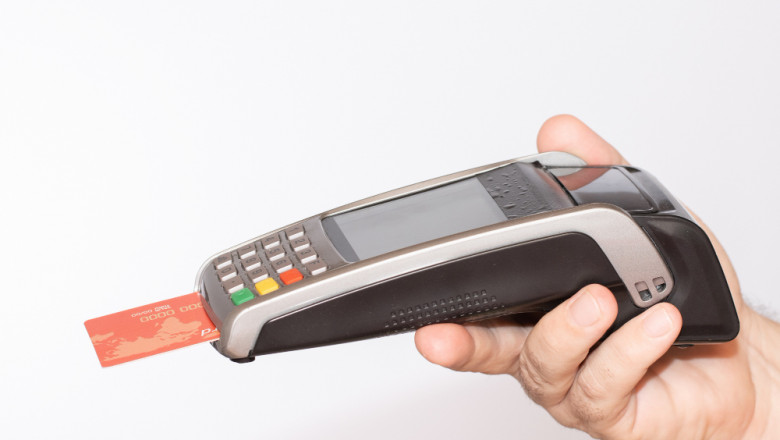views
Whether you run a retail store, café, or service-based business, the right payment technology plays a pivotal role in streamlining transactions and improving operational efficiency. Among these technologies, credit card terminals are fundamental in facilitating electronic payments, offering convenience to both businesses and customers.
Understanding Credit Card Terminals
Credit card terminals are electronic devices used to process card payments at the point of sale. They read the magnetic stripe, chip, or contactless data from a card and connect to payment networks to authorize transactions. Over the years, these terminals have evolved from simple swipe machines to multifunctional devices that can handle EMV chip cards, NFC (Near Field Communication) transactions like Apple Pay or Google Pay, and even QR code scanning.
When choosing a terminal, it's important to assess your business needs. Will you be taking payments at the counter only, or do you need mobility? Does your customer base expect contactless options? Understanding these requirements will help narrow down the type of terminal that best supports your operations.
Types of Terminals and Their Advantages
There are several types of credit card terminals available in the market today:
- Traditional Countertop Terminals: These are stationary devices connected via phone or internet lines, ideal for retail and brick-and-mortar locations.
- Wireless Terminals: Equipped with Wi-Fi or Bluetooth capabilities, they offer mobility within the store—great for restaurants or pop-up events.
- Mobile Terminals: These compact readers connect to smartphones or tablets, ideal for on-the-go businesses like food trucks or freelance services.
- Integrated POS Systems: These terminals combine payment processing with inventory tracking, sales analytics, and more—perfect for growing businesses looking to scale.
Choosing the right type depends on your specific use case. For example, a small café might benefit from a countertop terminal, while a delivery service might require mobile functionality.
Key Features to Look For
When selecting a terminal, security should be a top priority. Look for EMV-compliant devices that offer encryption and tokenization to protect sensitive data. Additionally, ensure the terminal supports multiple payment methods, including contactless payments and digital wallets. Features like printed or digital receipts, tipping options, and integration with your POS or accounting software can also streamline business operations and improve customer experience.
it’s about finding a solution that enhances customer trust, supports modern payment methods, and aligns with your business’s day-to-day operations. It’s worth investing time into selecting the right terminal that suits both current and future business needs.
To ensure you’re making the most informed decision with dependable support and tailored solutions, consider partnering with Pay Atlanta GA, a trusted provider of secure and efficient payment systems.
Read our Another Blog Here - https://blogsworld.edublogs.org/2025/04/30/how-b2b-merchant-services-improve-business-cash-flow/














Comments
0 comment